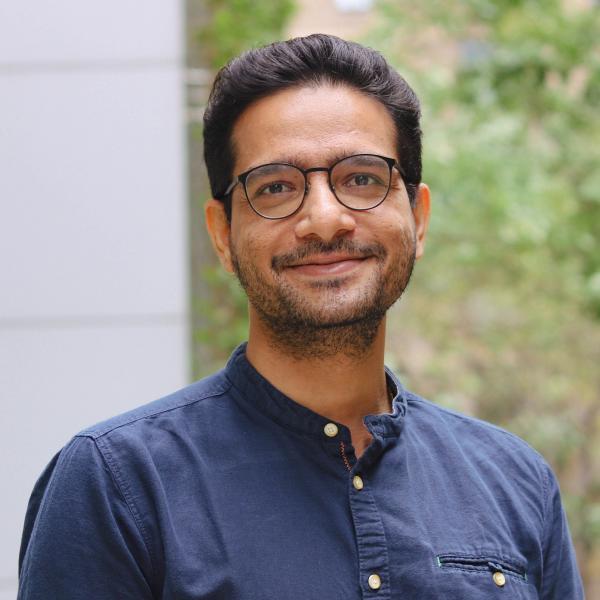
Study of peptidoglycan salvage and recycling pathways and their role in the evolution of antimicrobial resistance in Mycobacterium tuberculosis
Mycobacterium tuberculosis (Mtb) has co-evolved with humans for over 70,000 years, equipped with unique adaptations that facilitate its persistence and virulence. The Mtb cell wall represents a promising target for tuberculosis (TB) treatment. Mtb Peptidoglycan (PG) requires continuous maintenance even when the de novo biosynthesis pathways are inactive such as during host-related stresses or treatments, which occur frequently throughout the infection cycle. Therefore, under such conditions, Mtb needs to switch on salvage pathways to recycle essential components of PG. It remains unexplored how Mtb recycles the amino sugar component of the PG and utilizes them to persist in the infection and treatment cycles. Using metabolomics and isotope labeling methods, I have identified that Mtb recycles a significant portion of the precursors of PG biosynthesis, revealing a previously unknown aspect of Mtb's metabolic plasticity and survival strategy. Further, metabolic supplementation experiments also suggest that these pathways play a role in drug tolerance. These preliminary results provide a basis for the core hypothesis that “Mtb can recycle different components of PG to sustain antimicrobial treatment”. To test this hypothesis, I propose using isotopically labeled metabolic supplementation to trace and unequivocally determine the full metabolic steps of PG recycling under various antibiotic treatments, and host-relevant stresses. Furthermore, I will use CRISPRi-based gene silencing to validate these findings. The same strains will also be used in adaptive evolutionary experiments involving various antibiotic treatments to elucidate the precise role of PG recycling in the development of antimicrobial resistance.
